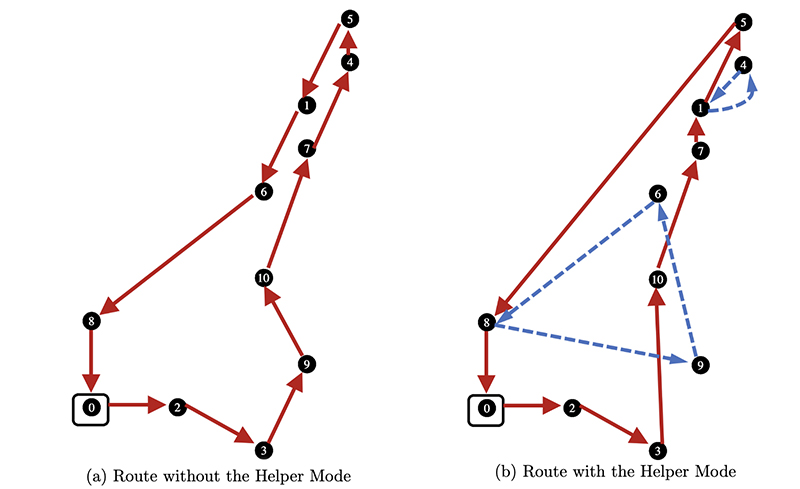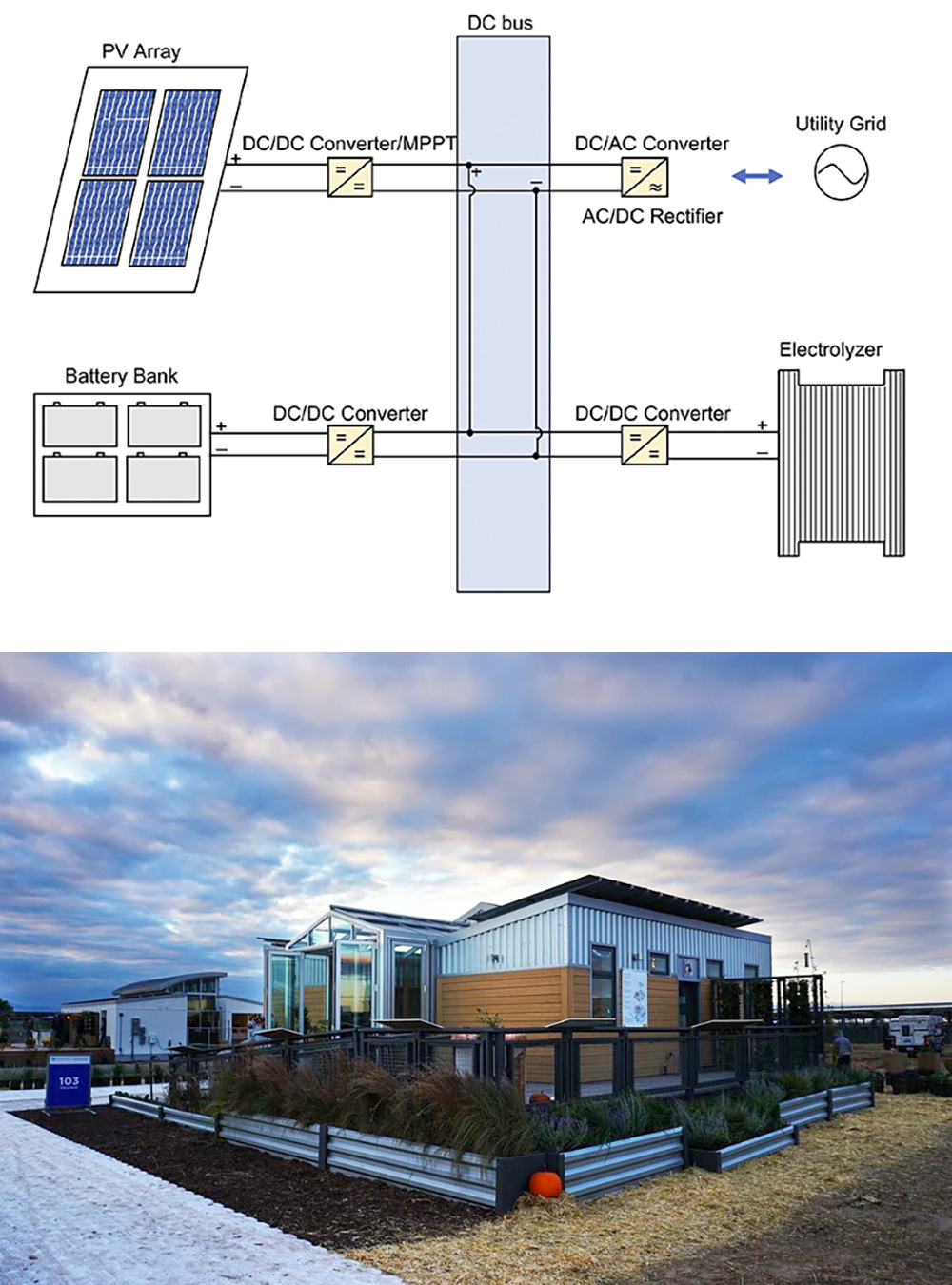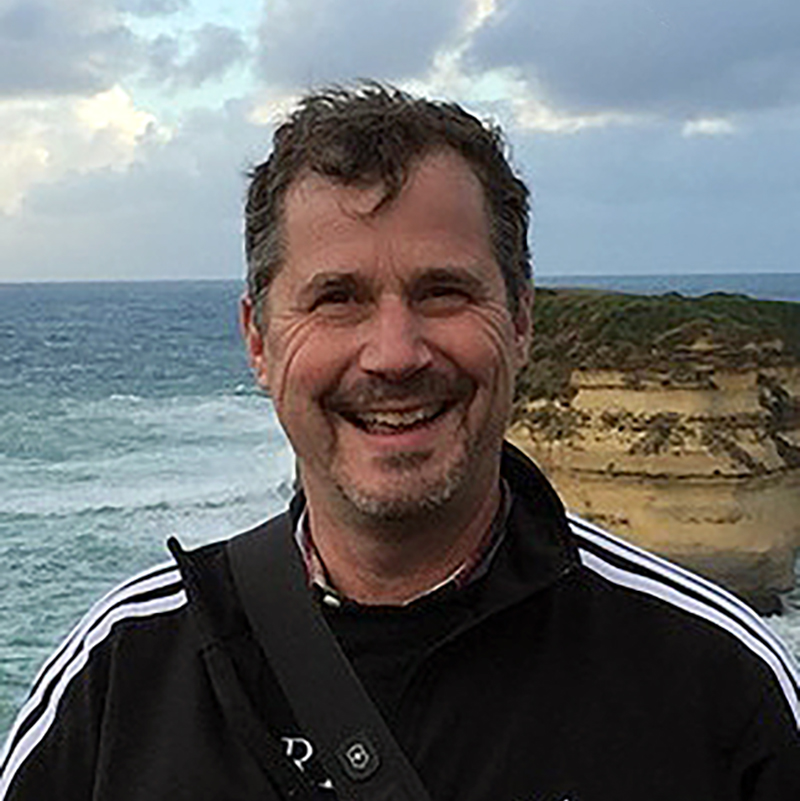News Story
Mathematical modeling to guide building inspectors after earthquakes
Associate Professor Ilya Ryzhov (BMGT/ISR), along with Gi Ou and Nikola Markovic from the University of Utah, are the research team for a new three-year, $490K NSF grant, Resource-Constrained Optimal Learning Framework for Post-Seismic Regional Building Damage Inference. Ryzhov is the principal investigator for the University of Maryland portion of the award, which amounts to $161K.
The researchers will use statistics and optimization for humanitarian logistics and disaster mitigation—specifically, post-earthquake relief. They will contribute improved methods for allocating resources for post-seismic building damage assessment.
During emergency relief operations after disasters, it is critical to accurately assess infrastructure damage. Critical resources must be allocated quickly, before labor-intensive reconnaissance surveys are able to inspect each building. Certain inspections should be prioritized so that optimal damage assessments are ready to benefit first-response relief efforts.
Ryzhov and his colleagues will develop a mathematical modeling framework to guide inspection teams through post-seismic reconnaissance missions. Their new approach will holistically identify buildings to be prioritized for inspection and design inspection schedules to efficiently visit these buildings with limited time and inspection crew members.
The research results are expected to expedite regional hazard damage assessment, improve disaster management, save human lives, ensure ethical resource allocation, and preserve societal welfare. The project will prepare future civil engineers, mathematicians and statisticians with multi-disciplinary knowledge, and will broaden the participation of underrepresented groups in research which positively impact engineering education.
The researchers will integrate concepts from statistical and optimal learning with models for routing and scheduling. These two aspects have been extensively studied separately, but never jointly. This knowledge gap poses a serious challenge to the guidance of inspection teams, which collect information in the field subject to resource constraints. Ryzhov’s team will develop an integrated modeling framework that bridges optimal learning and combinatorial optimization to identify inspection routes and schedules that maximize the predictive power of machine learning models for post-seismic building damage assessment.
The new methodology will be validated on real-world benchmarks, including data from the 2011 Chile and 2015 Nepal earthquakes, as well as a regional earthquake simulation testbed for the San Francisco Bay. The results will improve crisis management, while also providing new insights into domains such as health and disease control that face a tight tradeoff between data expense and information gain.
Published August 5, 2021








